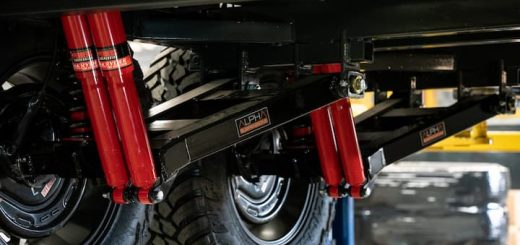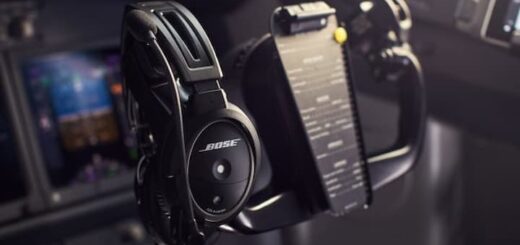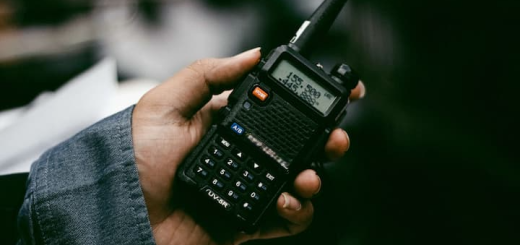Reliable Communication Tools: A Guide to Two-Way Radios
When communication is vital, being able to rely on tried and tested systems is paramount. Despite the omnipresent smartphones, two-way radios remain an important communication tool in numerous industries and activities. They are reliable equipment that offers real-time communication irrespective of external infrastructure, making them valuable in rural regions and rescue operations. Understanding how they function, their various forms, and how they are applied can help you select the proper gear for your needs.
How Do Two-Way Radios Work?
At their most basic, these radios comprise a single unit, which includes a receiver and transmitter, for two-way communication. As you speak into a two-way radio, your voice produces sound waves that the microphone converts to electrical signals. The transmitter amplifies and modulates the signals onto a radio frequency carrier wave. The antenna emits these radio waves into the air, allowing them to be received by others with a radio set tuned to the same frequency.
The receiving radio’s antenna captures the radio waves, and the demodulator inside the receiver converts the signal from radio waves to electrical signals, which are amplified and sent to the speaker, re-creating your voice. The push-to-talk (PTT) button switches the radio from receive to transmit mode because most two-way radios cannot both receive and transmit at the same time (except full-duplex systems).
Frequency Bands and Channels
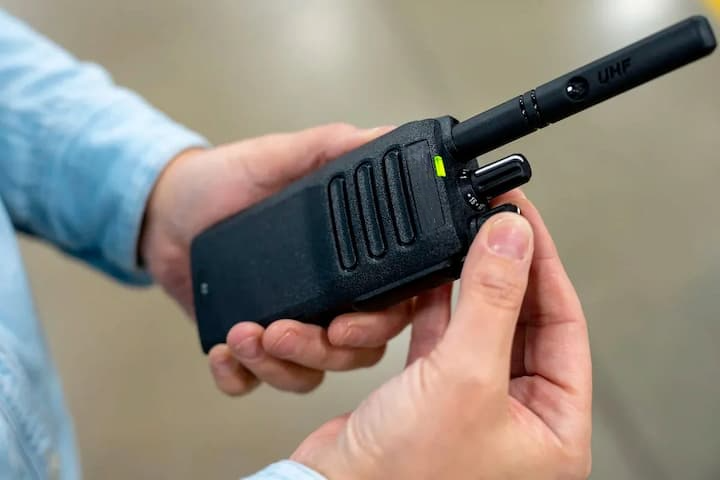
To ensure clear and effective communication, reliable and responsive two-way radios work across a range of frequency bands, each with its own properties:
- VHF radios generally run between 136 and 174 MHz. These frequencies can travel longer distances in open country and penetrate vegetation more effectively than higher frequencies. They are commonly used in agriculture, forestry, and naval operations.
- Ultra High Frequency (UHF) radios operate from 400-512 MHz. These lower wavelengths can better navigate around buildings and penetrate walls, hence their suitability for indoor applications, urban environments, and building construction areas.
- Family Radio Service (FRS) functions at frequencies around 462-467 MHz and does not have to be licensed for private use in most nations. General Mobile Radio Service (GMRS) works in the same ranges but offers greater power output and is licensed in the United States.
- CB (Citizens Band) radio uses 26-27 MHz and is still common among truckers and off-road vehicles. Marine Band radios have VHF frequencies of 156–158 MHz, used only in marine communications.
Types of Two-Way Radios
- Handheld portables (walkie-talkies) are small, portable, battery-powered devices used for warehouse operations, personal and business communication. They put out 0.5 to 5 watts of power with range constraints.
- Mobile radios are installed in a vehicle and use power from the vehicle’s power source. They produce anything from 5 to 50 watts of power, far more range than the handheld version. The most common users include law enforcement, emergency services and commercial fleets.
- Base stations are fixed installations often placed in dispatch offices, control rooms or large facilities. They tend to draw AC power and external antennas, offering maximum coverage and range.
- Digital radios will convert speech into digital information ahead of transmission, resulting in crispier audio quality than traditional analogue radios, particularly on the edge of coverage areas where analogue signals tend to break up. Most recent systems utilize digital standards such as DMR (Digital Mobile Radio), TETRA (Terrestrial Trunked Radio), or P25 (Project 25).
Applications Across Industries
Wireless 2-way radios are essential for coordinating police, fire, and ambulance services. Their tireless and largely autonomous role during emergencies, when cellular networks have a greater chance of going out of service, makes them potentially lifesaving tools.
Radios are used in industrial and construction worksites for coordinating tasks, supplementing safety protocols, and enabling fast communication over long distances and noisy environments.
Low-power systems are used by hotels, restaurants, and retail businesses to coordinate staff between hotels, restaurants, and stores to improve customer experience and management of businesses.
Two-way radios are used by recreationists where standards of cellular telephone service areas are poor while hiking, camping, hunting, and off-roading treks.
Low-profile radio equipment using earpieces is used by security guards to provide unobtrusive voice transmission at affairs, shopping places, and executive protection.
Communication Range
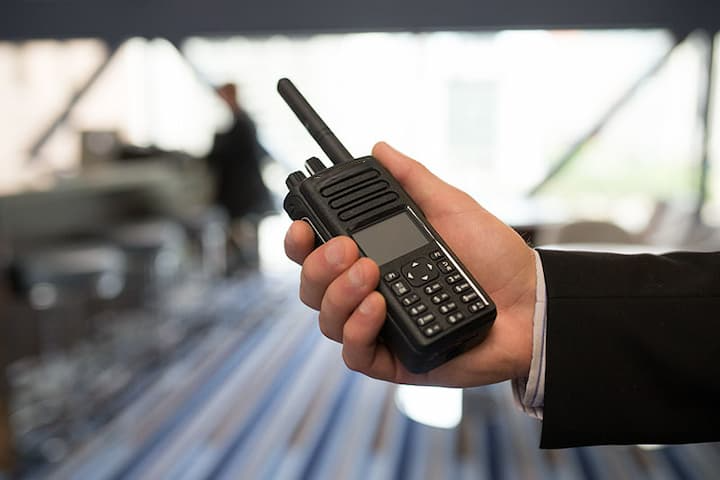
The working range of these devices differs widely depending on a variety of factors. While manufacturers tend to tout ranges of up to 36 miles for consumer-grade handheld units, these are theoretical conditions. Power output has a major effect on range, with more watts usually translating into greater distance. Antenna configuration and height also factor significantly, with raised external antennas having a huge impact over built-in antennas.
Environmental factors are the greatest variability in range. On open water or flat ground, VHF radios can receive 5-7 miles between handhelds. In built-up areas with structures and interference, UHF handhelds can be limited to less than half a mile. Hills, woods, and valleys all reduce effective range considerably.
Digital systems maintain voice quality to the extremes of their range, whereas analogue signals gradually deteriorate, getting noisy before entirely collapsing. Repeater systems that capture transmissions and rebroadcast them at higher power can significantly enhance range for analogue as well as digital systems.
Modern Innovations
Today’s radio technology features GPS location tracking, Bluetooth, text messaging, and cellular network integration. Trunked radio systems allocate available frequencies to user groups, maximizing spectrum efficiency for large organizations.
Despite the prevalence of smartphone usage, two-way radios remain relevant due to their unmatched reliability, immediate group communication, and the capability to function irrespective of external infrastructure. When communication is not just convenient but also essential, these devices remain the choice for secure voice connectivity.
